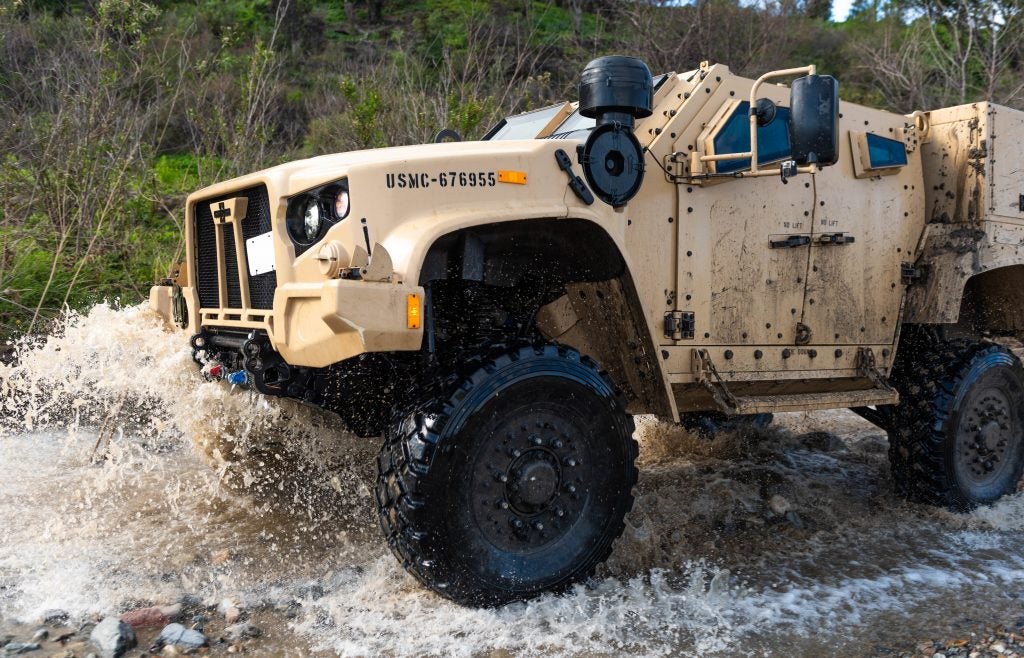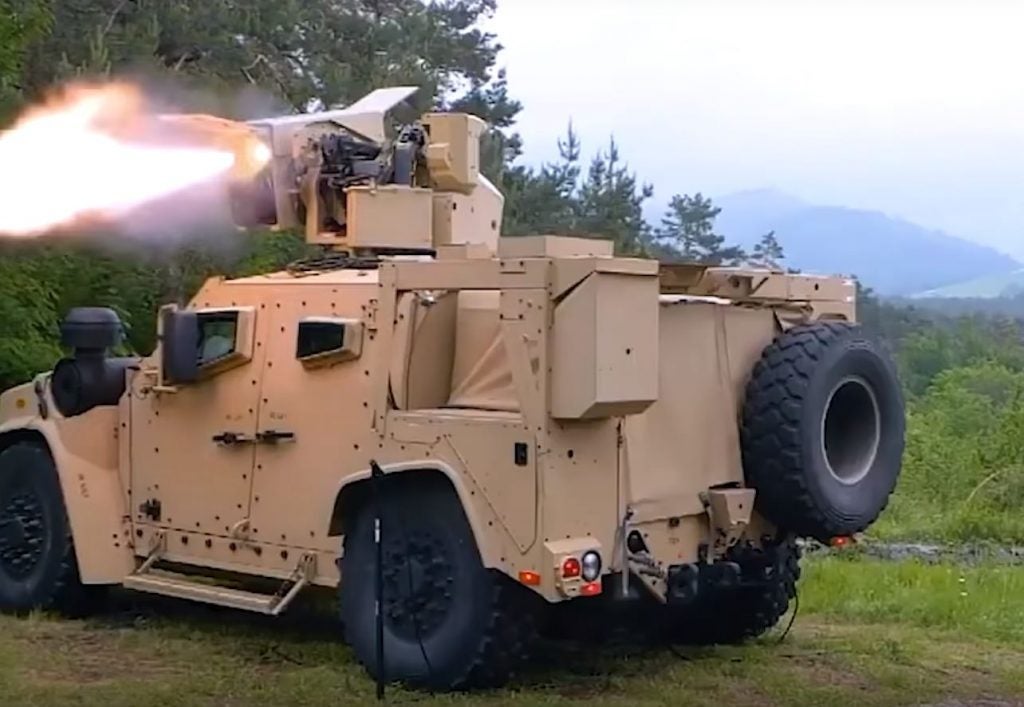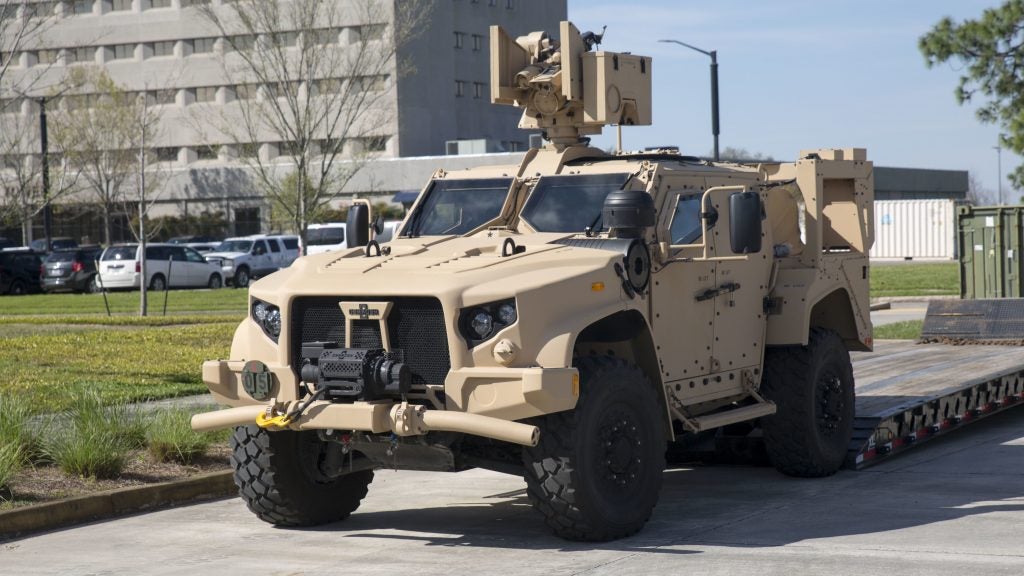JLTV Cleared for Export to Lithuania
Lithuania has been cleared by the DSCA for the purchase of up to 500 JLTVs and associated equipment. This includes armor kits, remote weapon stations (CROWS), and Boomerang III acoustic shooter detection systems. Once a contract is signed this will make Lithuania the second international user of JLTV, with Slovenia being the first. Slovenia only purchased 38 vehicles, making Lithuania the largest operator of the type outside the US – who expects to purchase nearly 60,000 vehicles. The UK was expected to make a several thousand vehicle order but seems to have lost interest.

In February of this year, Lithuania formerly requested the purchase of 200 JLTVs though they had expressed their intentions as far back as 2017 not even a year after the first vehicles had been delivered to the US Army. It’s important to note that simply because the DSCA has cleared them for 500 doesn’t mean they intend to procure that many. Lithuania is currently undergoing a modernization program in response to recent Russian posturing notably procuring advanced systems like the Boxer based Vilkas IFV, PzH2000s, and NASAMS 2.
Presumably, the JLTVs will replace the 200 HMMWVs currently in service though they may end up supplementing rather than replacing them entirely. Over humvee, the JLTVs offer much better protection, particularly against mines, while also providing improved mobility. This comes at a cost with JLTV being 3-4 times as heavy depending on configuration (up to 10t) and will cost about $250,000 each assuming no cuts to procurement. Adjusted for inflation standard unarmored humvees cost about $75,000 in the 1980s, with armor kits and associated upgrades that came with the war on terror costing an additional $100,000 or more.

Another option to the Lithuanians is arming their JLTVs with ATGMs. The vehicle has recently been tested with weapon stations mounting both Javelin and Spike offering significant capability against hostile armor. In fact, both missiles are in service with the Lithuanian army, with Javelin being used on foot by infantry and Spike-LR being equipped on their Vilkas IFV. Given Spikes capabilities over Javelin such as non-line of sight engagement, it’s the obvious choice for vehicles.

